The presence of a clucking Chickens Cry and wondering what all that ruckus is about these feathered creatures might seem like simple farm animals, their vocalisations are rich with meaning, capable of conveying a spectrum of emotions from joy to distress.
Do Chickens Cry or Scream? It is like stepping into a world where each sound serves as a window into the inner life of these birds. The gentle murmurs of contentment to the sharp alarm calls signalling danger. Each sound serves as a vital communication tool within their social structure.
Do Chickens Cry or Scream?
Chickens might not shed tears like humans, but their voice is a rich tapestry of emotions woven into an intricate sound language that rivals that of mammals.
The unique structure of the syrinx allows chickens to produce an impressive range of vocalisations, from soft clucks signalling contentment to sharp alarm calls that slice through the air, alerting their flock to potential dangers.
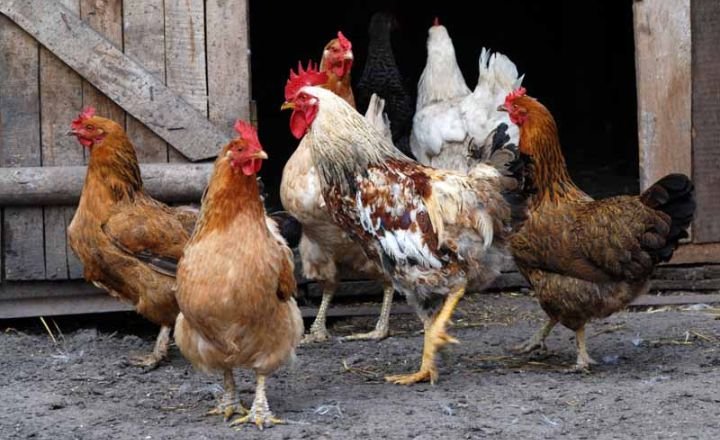
A mother hen screeches for her chicks. It’s more than just a wayward call it’s an instinctive expression steeped in protective urgency and maternal instinct.
The context in which these sounds are made can reveal surprising layers of chicken behaviour. Studies have shown that hens can distinguish between different types of alarm calls based on the threat they perceive, whether it’s a predator overhead or another hen encroaching on their territory.
This ability to communicate nuanced information through vocalisation hints at remarkable social intelligence within these often underestimated birds.
What Sounds Do Chickens Make?
Chickens make a range of noises, including the following sounds:
Growling
A chicken’s growl unveils a layer of communication that goes beyond clucks and crows. This low, rumbling sound serves as an audible warning to potential threats it’s a watchful predator or the overzealous pecking of an overly inquisitive hen.
A growling can signal more than just aggression or territoriality. A broody hens, it becomes a protective mantra for their eggs. When they’re trying to incubate their clutch, the deep growls clearly express: “Respect my space.”
By doing so, these devoted mothers reinforce boundaries within the flock while demonstrating how fiercely protective avian mothers can be.
Clucks
Chickens possess a sophisticated language that goes beyond mere squawking, and their signature clucks are a fascinating aspect of this communication. These repetitive buk-buk sounds serve as vital signals in various contexts, from expressing anxiety to showing curiosity.

A low, gentle cluck can offer reassurance among flock members, while higher-pitched or louder clucks often indicate alarm or distress. A startled by a predator, you might hear an abrupt cascade of sharp clucks that taps into the instinctual need for alertness within the group.
Mother hens use specific clucking patterns to communicate with their chicks and instil a sense of safety during vulnerable moments. The soothing tones can be especially calming when she’s brooding over her eggs or guiding her fluffy offspring through their early explorations.
This maternal language is critical it shapes the chicks’ understanding of environmental cues and builds their confidence in navigating the world around them.
Chirping
Chirping serves as a fascinating form of communication among chickens, revealing much about their emotional landscape and social dynamics. This high-pitched call is not merely an instinctive reaction it is a complex language that conveys urgent messages within the flock.
A Chickens Cry perceives danger like the looming shadow of a hawk, and it emits rapid chirps that echo through the coop, alerting others to remain vigilant. This collective awareness not only enhances survival but also fosters communal bonds as each member responds to these auditory cues.
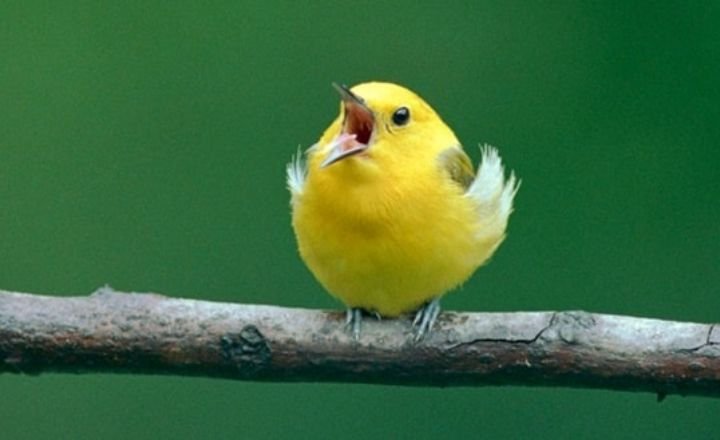
Chirping signals danger and is integral to the daily lives of chicks and adult chickens alike. Young chicks often emit rapid distress calls in moments of fear or uncertainty, prompting immediate responses from their brooding mothers or other protective adults nearby.
A seeking food or water, eager chirps resonate in enthusiastic anticipation they showcase not only individual needs but also reflect social behaviours centred around foraging together as a group.
Crows
Chickens are often celebrated for their unique vocalisations, each sound serving a distinct purpose within the flock. The crow stands out not only for its distinctiveness but also for its rich communicative function.
Unlike the softer clucks or chirps that might signify contentment or urgency, a rooster’s crow reverberates with authority and serves as an unmistakable morning clarion call.
This loud cawing does more than merely announce dawn; it instils a sense of structure within the group, signalling to hens that it’s time to forage and fulfil their daily routines.
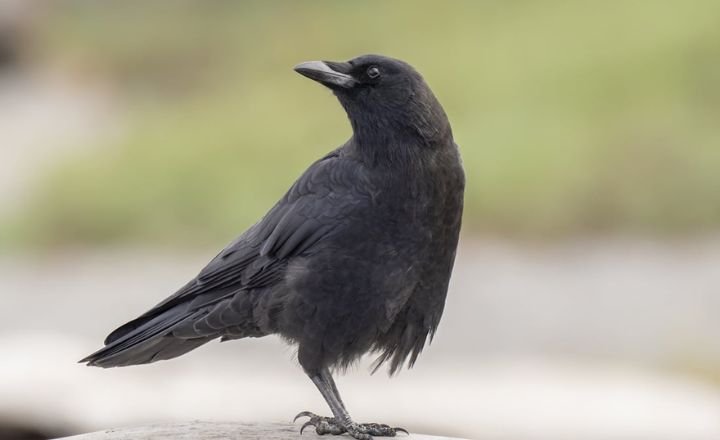
The robust caw of a rooster can travel surprisingly far over fields and farmyards, serving as both an invitation and warning to neighbouring poultry and potential predators alike. This ability to broadcast across distances showcases their role not just in communication but also in establishing territory.
Roosters embody both guardianship and leadership within chicken society. Their calls assert dominance while rallying the flock into action.
Engaging with these nuanced behaviours enhances our understanding of poultry dynamics layers of communication that echo back through centuries of domestication yet remain steeped in instinctual authenticity.
Cackles
Chickens’ cackles are not just noise; they’re a vivid expression of their social dynamics and emotional states. Each burst of sound, particularly that unmistakable “Kuh-kuh-kuh-kuh-KACK,” is rich with meaning, revealing the hen’s current mood or situation.

A laying an egg at a time ripe with anticipation, her vocalisations can serve as both a celebration of her achievement and an invitation for fellow flock members to bear witness to her moment of triumph. The loud, rapid crescendo is often followed by softer clucks or chirps as if she’s sharing the news of her accomplishment.
These vocalisations also play a crucial role in maintaining order and establishing hierarchy within the coop. A dominant hen may unleash a cackle with wing flaps and sharp head movements to assert her status over others, ensuring she remains at the top of the pecking order.
A danger lurks nearby, be it from a prowling fox or an impending storm, chickens cackle. Their cackle serves as an alarm bell for the flock, prompting scattered but synchronized reactions that enhance their collective survival chances.
Murmuring
Murmuring can be likened to the hushed whispers of a close-knit community, where chickens communicate their concerns or needs through subtle yet poignant vocalisations. Distressed, these avian creatures often resort to low-pitched sounds akin to cooing or soft trilling, weaving an emotional tapestry that reveals their instinctual search for safety and connection.
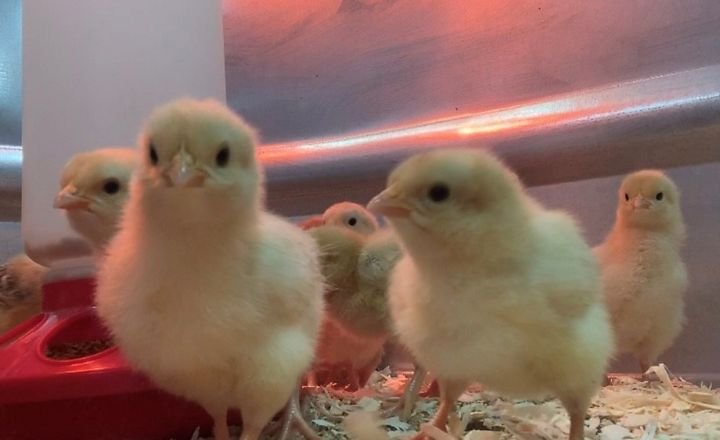
This behaviour underscores the importance of understanding the emotional landscapes of animals; murmurings serve as a bridge between survival instincts and social bonds within the flock.
Murmuring is not merely a reaction but also a form of proactive communication that enhances group cohesion. A hens softly cluck and purr amidst their murmurs. They signal an underlying call for reassurance from their companions.
Roosting Calls
The roosting call of a rooster is not just a casual announcement; it serves multiple critical purposes within the chicken community. A dusk settles, these loud, rhythmic cock-a-doodle-doo calls create an atmosphere of security among the flock, almost like a mother hen’s lullaby.
A chicken settles in for the night, and this series of short calls transforms the roost into a beacon of safety, inviting others to join and reinforcing their collective sense of belonging. Each chant resonates through the coop, reminding them that there is strength in numbers.
Beneath this seemingly harmonious chorus lies an intriguing layer of communication. A threat looms, the rustle of leaves or shadows lurking nearby, and the rooster’s call shifts dramatically. It becomes more urgent and jagged, embodying panic as it morphs into sounds that can mimic screaming or gurgling.
This alteration alerts the rest of the flock to return to their designated perches and signals them to remain vigilant against potential dangers.
Lonely Call
The lonely call of a , characterised by its plaintive and drawn-out cluck, is more than just a sound; it’s an intimate expression of longing. This call resonates through the air during those peaceful early mornings or serene late evenings, creating a poignant atmosphere that reminds us of the social bonds within animal communities.
It serves as a poignant reminder of how deeply interconnected these feathered creatures are, showcasing their reliance on one another for safety, comfort, and companionship.
Separated from the flock, this call transcends mere communication and becomes a lifeline. In that solitary cry lies an instinctual urgency. The bird is not simply announcing its presence but also weaving together threads of belonging in times of distress.
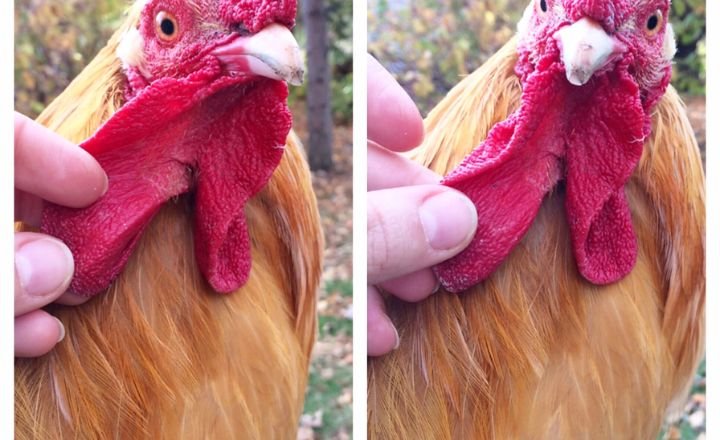
A listeners attune themselves to this unique cadence, they might imagine what goes unsaid: perhaps hunger tugs at their stomachs or a primal desire for connection drives them to reach out into the ether.
The loneliness echoed in every cluck reinforces the notion that even within their seemingly simple lives, chickens experience emotions with profound depth and clarity.
Squawking
The piercing and urgent squawk of a chicken transcends mere sound; it is a vivid expression of the emotional landscape within a flock. When a bird succumbs to injury or illness, its distress call reverberates through the coop, acting as an alarm that triggers an instinctive reaction from others.
This communal awareness not only fosters survival but also underscores the interconnectedness among these seemingly simple creatures. Each squawk signals more than just fear it embodies a nuanced language of warning and solidarity.
Chickens Cry possess an astonishing capacity for vocalisation, allowing them to articulate their feelings with remarkable clarity. The high-pitched screams emitted upon capture evoke visceral empathy from those who bear witness; they are cries not only of individual peril but also of collective anxiety.
Sounds compel surrounding chickens to evaluate their environment swiftly, reinforcing how vital communication is in maintaining safety within the group. This unique auditory repertoire highlights the social intelligence of hens and roosters alike, challenging preconceptions about animal behaviour with reminders that even in captivity, animals engage deeply with each other’s experiences and emotions.
Brooding Chickens: What To Do
Brooding is that crucial phase where you nurture your newly hatched chicks until they’re ready to venture outside, which usually takes about 4 to 6 weeks. Here’s what you’ll need to get started:
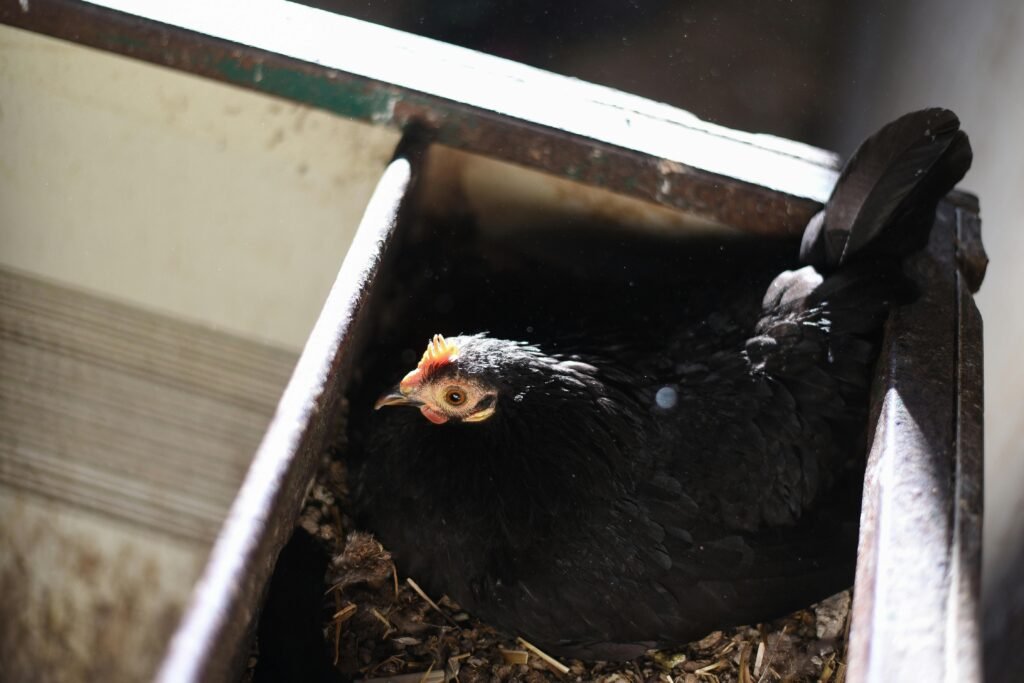
- Brooder setup: You can use a plastic tub, a cardboard box, or even a commercial brooder.
- Heat lamp or plate: Begin at 95°F and lower the temperature by 5°F each week.
- Starter feed and water: Opt for chick-specific feed to ensure they develop strong and healthy.
- Safe bedding: Pine shavings are a great choice (just steer clear of cedar or newspaper.
Do Chicken Manure Pellets Attract Rats?
Yes, they can especially if the manure is left out in the open. Rats are attracted to leftover feed mixed in with the manure and the smell. To keep them at bay:
- Store pellets in airtight bins
- Clean up any spills right away
- Use rat-proof feeders and avoid leaving feed out overnight
Do Chickens Bring Rats?
Chickens themselves don’t attract rats, but leftover feed, messy coops, and droppings can. To prevent a rodent invasion, make sure to:
- Secure all feed
- Clean the coop on a weekly basis
- Seal off any entry points around your coop
Do Chickens Eat Beets?
Yes! Beets are not only safe but also packed with nutrients for chickens. Just make sure to chop them into small pieces before serving. They’re rich in vitamins and fiber, but keep in mind they can stain feathers that’s totally normal, so no need to stress!
Do Chickens Eat Eggs?
Yes, they can and they definitely will if they come across a broken egg. While eggs are nutritious, this habit can turn into a problem. To prevent it, try these tips: –
- Collect eggs frequently
- Ensure they get enough calcium (like crushed oyster shells)
- Avoid soft-shell eggs by maintaining a proper diet
Do Chickens Eat Mealworms?
For sure they absolutely adore them! Mealworms are a great source of protein, especially during molting season. Just remember to treat them like a special snack: limit it to a handful a day to keep their diet balanced.
Do Chickens Eat Onions?
It’s best to steer clear of onions. They contain thiosulfate, which can lead to anemia in chickens over time. A tiny bit won’t hurt, but there are much safer options out there, like cucumbers, leafy greens, or corn.
Do Chickens Eat Pasta?
Yes, but only in moderation. Chickens can enjoy plain cooked pasta, which provides a quick energy boost. Just avoid any pasta with butter, oil, salt, or cheese, and let it cool down before serving.
Do Chickens Eat Potato Peelings?
Only cooked peelings from non-green potatoes are safe. Raw green peels have solanine, which is toxic to chickens. Always cook them and serve in small portions.
Raising Chickens the Right Way
Getting to know your chickens’ needs from their diet to their safety is key to successful raising. Offer a variety of safe foods, keep their coop clean, and keep a close eye on their development. Happy chickens not only lay better eggs but also enjoy longer, healthier lives!
Summary
A understanding of the intricate language of Chickens Cry offers valuable insights into their well-being and social dynamics. A paying attention to their diverse vocalisations, better interpret what they are feeling and how they are interacting with one another.
This knowledge not only enhances our connection with these remarkable birds but also enables us to address any potential issues within the flock more effectively. A caregivers or enthusiasts, it is essential to observe and learn from their unique communication styles.
Can chickens eat kitchen scraps?
Yes, but steer clear of onions, garlic, chocolate, and anything that’s moldy or too salty.
How do I stop my chickens from eating their own eggs?
Make sure they get enough calcium, collect the eggs regularly, and keep their coop a stress-free zone.
How often should I clean my chicken coop?
Do a quick spot clean every day, and give it a thorough deep clean weekly or every other week, depending on how many chickens you have.
